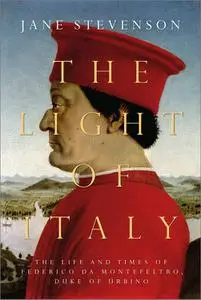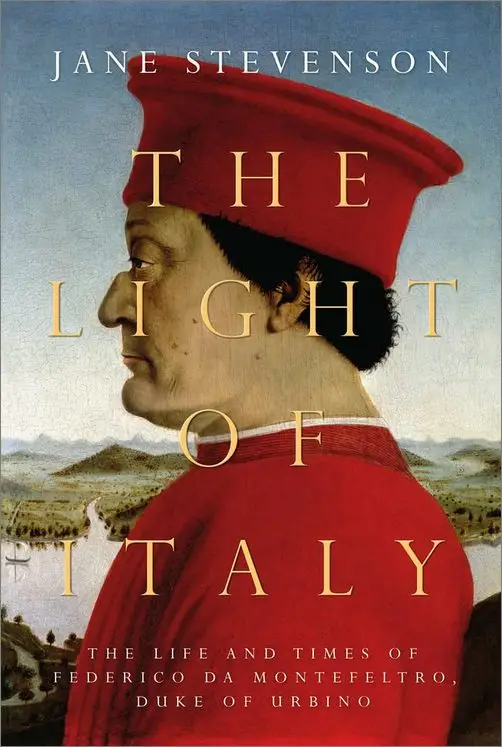The Light of Italy: The Life and Times of Federico da Montefeltro, Duke of Urbino by Jane Stevenson
English | October 14, 2021 | ISBN: 1800241976, 1800241984 | True EPUB | 434 pages | 45.2 MB
English | October 14, 2021 | ISBN: 1800241976, 1800241984 | True EPUB | 434 pages | 45.2 MB
The story of the Renaissance city and palace of Urbino, and the life of the extraordinary man who created it: Federico da Montefeltro—humanist, book-collector, patron of celebrated artists and battle-scarred mercenary soldier.
'Painstakingly researched and yet unfailingly readable' Ross King
'An insight into one of Renaissance Italy's most glamorous courts' Catherine Fletcher
'The perfect tour guide to the past' Literary Review
'A fabulous merging of seductive design with bravura scholarship' Alexandra Harris
'A superior study… Packed with detail' TLS
The one-eyed mercenary soldier Federico da Montefeltro, lord of Urbino between 1444 and 1482, was one of the most successful condottiere of the Italian Renaissance: renowned humanist, patron of the artist Piero della Francesca, and creator of one of the most celebrated libraries in Italy outside the Vatican. From 1460 until her early death in 1472 he was married to Battista, of the formidable Sforza family, their partnership apparently blissful. In the fine palace he built overlooking Urbino, Federico assembled a court regarded by many as representing a high point of Renaissance culture. For Baldassare Castiglione, Federico was la luce dell'Italia – 'the light of Italy'.
Jane Stevenson's affectionate account of Urbino's flowering and decline casts revelatory light on patronage, politics and humanism in fifteenth-century Italy. As well as recounting the gripping stories of Federico and his Montefeltro and della Rovere successors, Stevenson considers in details Federico's cultural legacy – investigating the palace itself, the splendors of the ducal library, and his other architectural projects in Gubbio and elsewhere.



